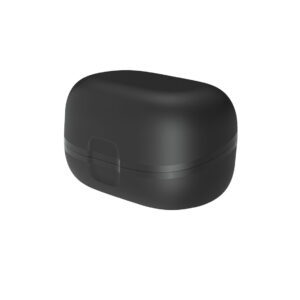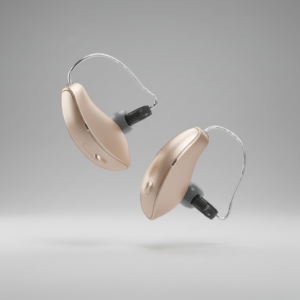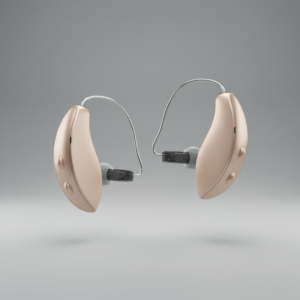Starkey Premium Charger 2.0 Starlink
From $395.00
The Premium version is both charger and power-bank, holding its own lithium battery so you can top-up your Genesis AI or Edge AI aids even when there’s no power point around. A secure flip-top case keeps the devices protected in transit while the built-in turbo mode readies them in minutes for urgent use.
Your Item is also compatible with...
Sign Up To Our Newsletter
Stay up to date with our latest offerings, products, and hearing-health updates.


